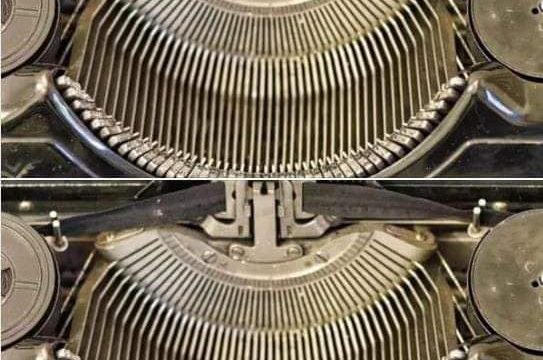Our bodies are extraordinary marvels of nature. They represent an evolutionary masterpiece, shaped over millions of years, yet many of us rarely stop to reflect on just how remarkable they truly are. From our humble beginnings as primates resembling modern chimpanzees, we’ve evolved into beings capable of creating intricate societies, advancing technology, and even exploring outer space—all in what feels like the blink of an eye compared to the vast age of the universe.
One of the most captivating aspects of our evolution is that, despite the dramatic advancements in human civilization, our bodies remain strikingly similar to those of our ancestors from 20,000 years ago. While we navigate a drastically different world, filled with skyscrapers, smartphones, and space exploration, the human body has retained much of its ancient structure. Yet, in subtle and gradual ways, we continue to evolve—often so imperceptibly that the changes are easy to overlook.
A prime example of this ongoing evolution lies in a small tendon in your wrist, which connects us to our distant primate relatives and offers a glimpse into humanity’s evolutionary journey.
The Mystery of the Palmaris Longus Tendon
This tendon is connected to an ancient muscle called the palmaris longus, which is present in about 85–90% of the human population today. For animals like lemurs and monkeys that rely heavily on their forearms for mobility, this muscle plays an essential role, enabling them to swing effortlessly from branch to branch. It’s a critical adaptation for life in the trees, ensuring survival in dense forests.
However, as some primates transitioned to life on the ground, the palmaris longus began to lose its importance. Ground-dwelling apes, such as gorillas, no longer depended on their forearms for movement, and over time, this muscle became less functional, gradually fading from their anatomy.
Humans, similarly, are part of this evolutionary trend. Today, about 10–15% of people are born without the palmaris longus tendon entirely, and the evidence suggests that this percentage is slowly increasing. This natural phasing out of the tendon is a subtle indicator of how our bodies adapt to new environments and ways of life over millennia.
A Simple Test to Check for Your Tendon
Curious to know if you still have this evolutionary relic? There’s an easy test you can try at home:
- Place your forearm on a flat surface with your palm facing upward.
- Touch the tip of your pinky finger to the tip of your thumb.
- While keeping those fingers together, gently lift your hand off the surface.
Did you notice a distinct band of tissue appearing in the center of your wrist? If so, congratulations—you still have the palmaris longus tendon! If not, you’re part of the growing group of individuals who no longer possess it. Either way, this simple exercise is a fun way to connect with the fascinating story of human evolution.
What Does the Absence of This Tendon Mean?
The absence of the palmaris longus tendon doesn’t have any significant impact on your daily life or physical abilities. Modern humans no longer rely on this muscle for survival tasks like climbing or swinging from trees. In fact, surgeons often use this tendon for reconstructive surgeries when repairing ligaments or tendons in other parts of the body. The absence of it merely indicates an evolutionary adaptation to a life that no longer requires this particular feature.
The Bigger Picture: What This Tells Us About Evolution
The gradual disappearance of the palmaris longus tendon serves as a reminder that evolution is an ongoing process. While dramatic evolutionary changes take millions of years to manifest, small adjustments occur more frequently, often influenced by how we interact with our environment.
In today’s world, technological advancements and lifestyle changes are reshaping the ways we use our bodies. For instance, the rise of smartphones and computers has already had an impact on hand and wrist anatomy, with some studies showing increased occurrences of tendonitis and other repetitive strain injuries. These shifts might one day contribute to further evolutionary changes, just as the diminished use of the palmaris longus has led to its gradual disappearance.
Celebrate Your Connection to the Past
Whether you have the tendon or not, it’s fascinating to think about the story it tells. This small band of tissue in your wrist is a physical connection to our shared evolutionary history—a reminder of the journey from tree-dwelling primates to the innovative beings we are today.
Did you try the tendon test? Share your results in the comments below—we’d love to hear from you! Don’t forget to pass this article along to friends and family. It’s a fun and educational way to explore the hidden wonders of the human body and the remarkable story of evolution.
As we continue to evolve in ways big and small, let’s take a moment to marvel at how far we’ve come and the many mysteries that still lie ahead.





